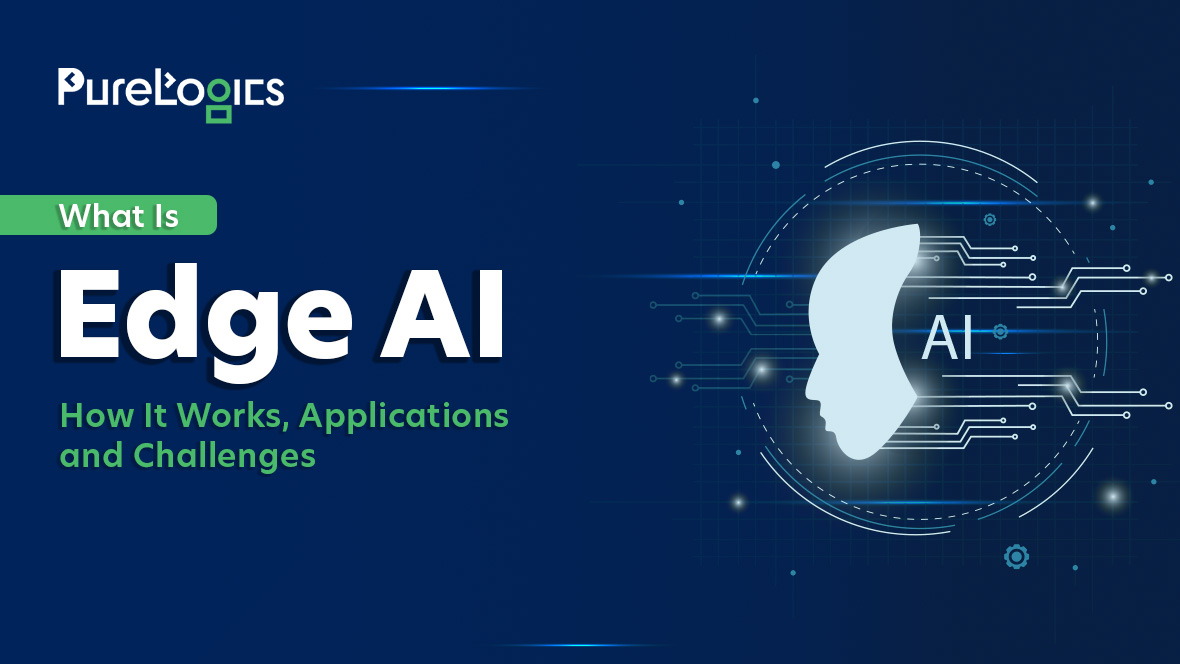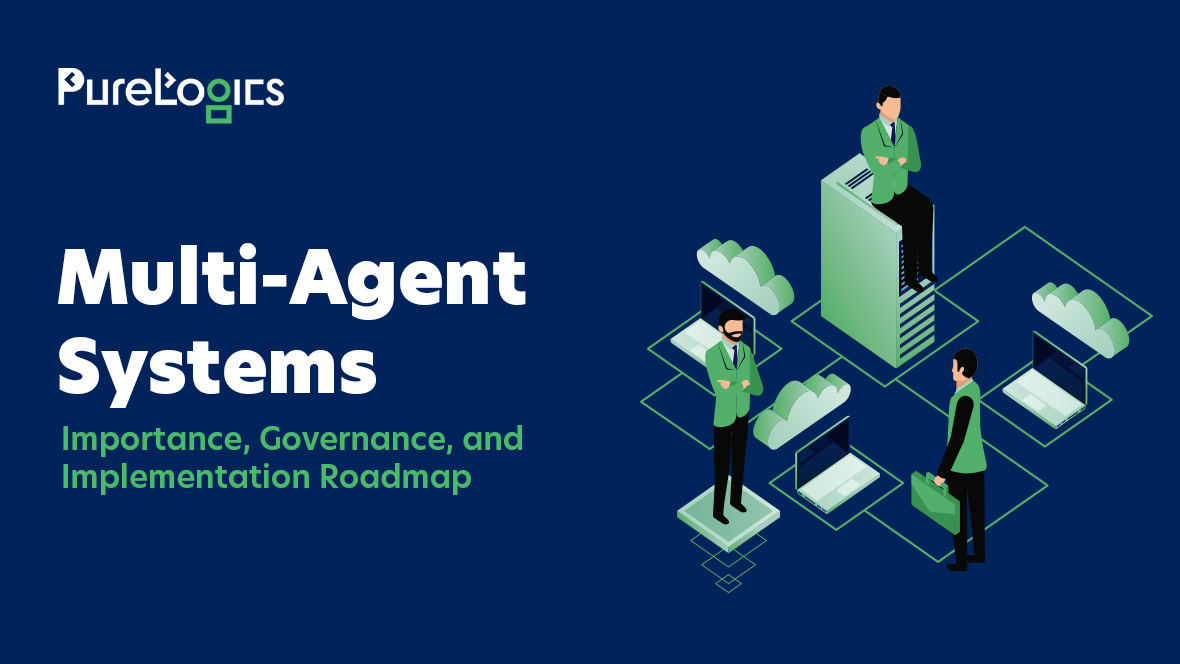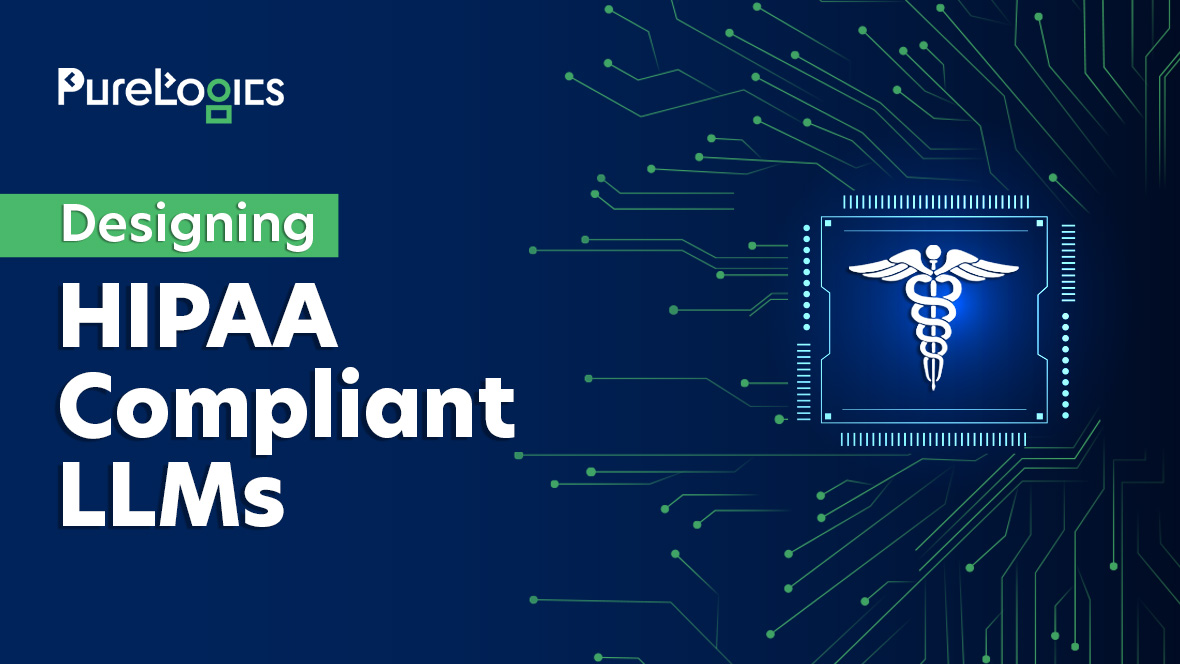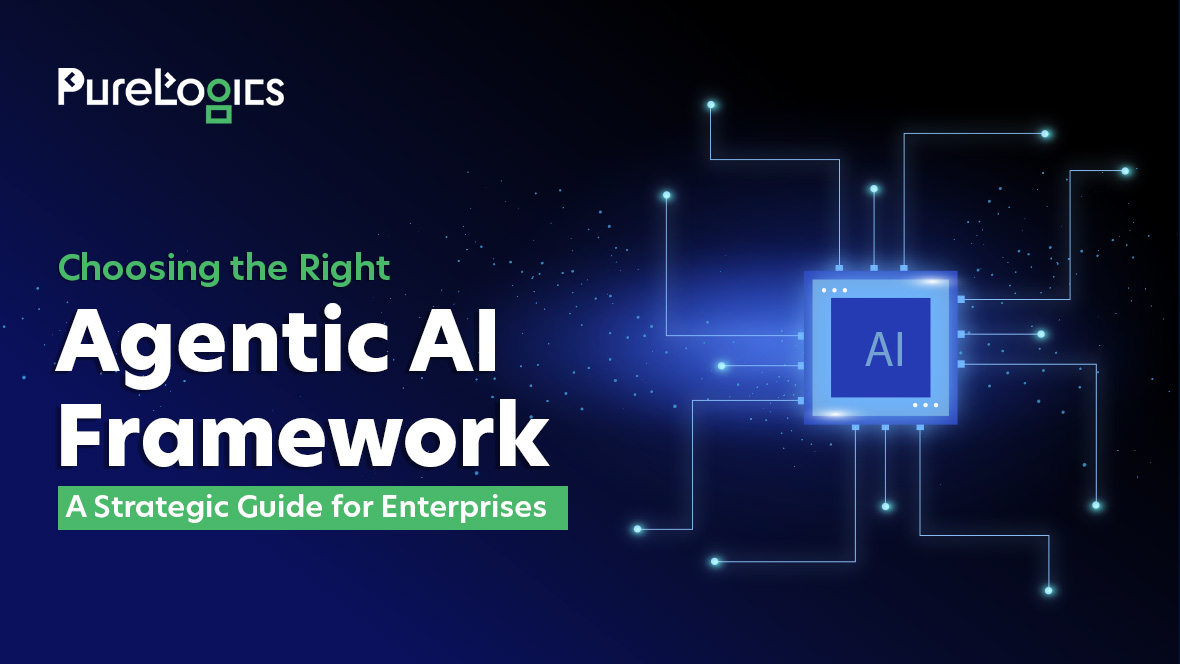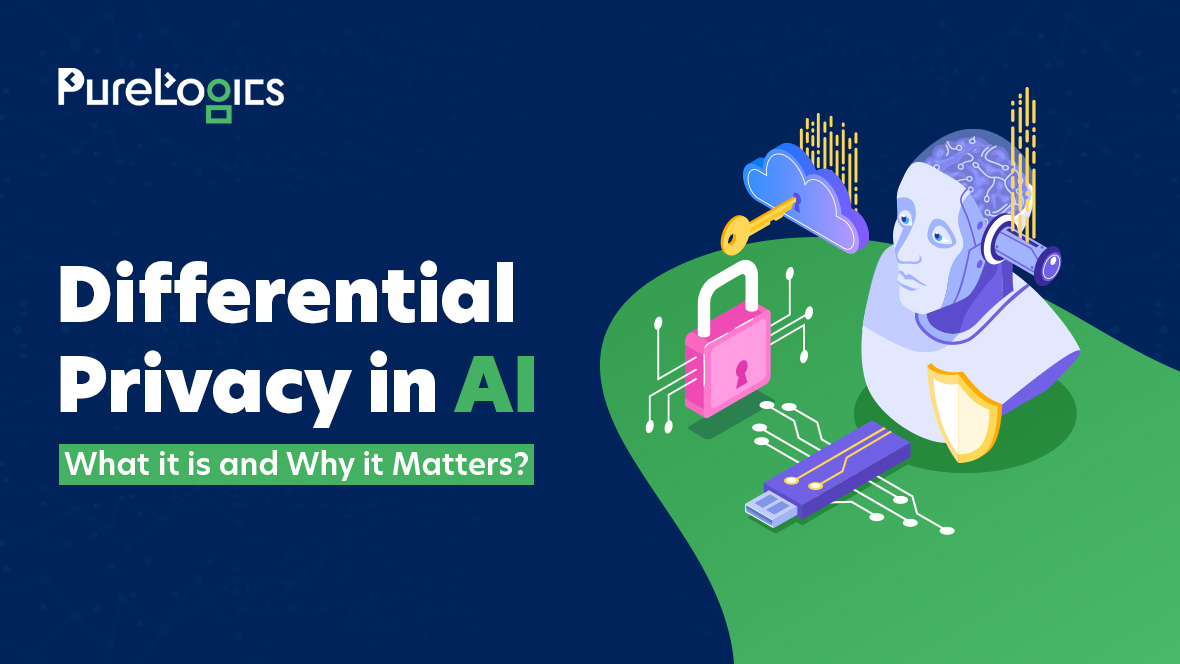In today’s world, smart devices are becoming increasingly common. Whether it is a smartwatch or autonomous driving, real-time decision-making is needed without depending on the cloud or even the internet. Edge AI drives those applications and their capability to process information closer to the point of generation.
What is edge AI? Edge AI is the use of AI data closer to its point of generation. In other words, it is the implementation of artificial intelligence in an edge-computing environment. Edge AI relocates computing resources to collect and process data locally. The localized data processing using AI near the source enables devices to make smart decisions quickly, as there is no need to upload or download data. This adds capacity and reliability and reduces transmission costs and energy consumption.
How Edge AI Works
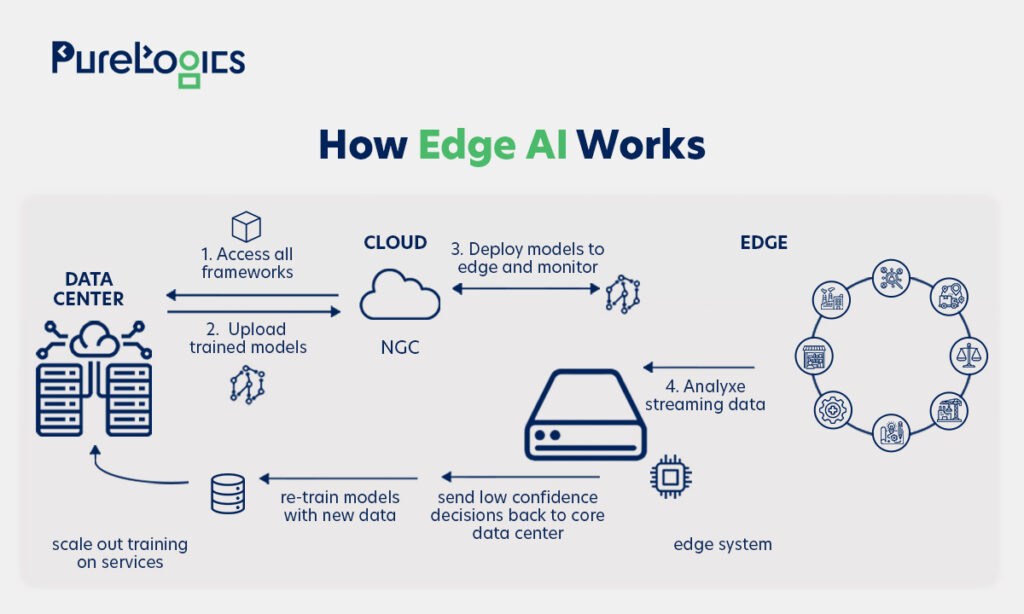
To enable machines to see, detect objects, drive cars, understand and generate speech, walk, or mimic other human skills, they need to replicate human intelligence. AI uses a data structure called a deep neural network (DNN) to imitate human cognition. These networks are trained by being exposed to numerous examples of specific tasks along with the correct responses.
This training process, known as “deep learning,” typically takes place in data centers or the cloud due to the large data sets needed and the collaboration required from data scientists to fine-tune the model. Once trained, the model becomes an “inference engine” capable of answering real-world questions.
In edge AI applications, this inference engine operates on devices located in remote areas such as factories, hospitals, cars, satellites, or homes. When the AI encounters a challenge, problematic data is often sent to the cloud for retraining the original model. Eventually, this updated model replaces the edge inference engine. This feedback loop continuously improves performance, making edge AI models smarter over time.
Applications of Edge AI
Now, let’s look at the amazing applications of edge AI!
Autonomous Vehicles
Edge AI is crucial for self-driving cars, enabling real-time decision-making without reliance on the cloud. By processing data from sensors and cameras locally, autonomous vehicles can respond to changing conditions, such as avoiding obstacles or adjusting speed, almost instantly. This reduces latency and ensures quick, accurate actions, critical for safety.
Healthcare Devices
In healthcare, Edge AI enhances devices like portable monitoring equipment and diagnostic tools. For example, wearables can analyze vital signs in real-time, alerting users or medical professionals about abnormalities without needing constant cloud connectivity. This localized processing not only improves response times but also protects sensitive patient data by keeping it within the device.
Industrial Automation
Edge AI is transforming manufacturing by allowing machines on factory floors to process data locally. This enables predictive maintenance, where equipment can predict and report potential failures before they occur. It also optimizes production processes by making adjustments in real-time based on data from sensors, improving efficiency and reducing downtime.
Smart Cities
From traffic management to environmental monitoring, Edge AI is integral to the functioning of smart cities. Localized processing allows for real-time adjustments, such as optimizing traffic lights to reduce congestion, or detecting air quality changes, and adjusting systems to improve public health. The decentralization of data processing ensures that cities run more efficiently while reducing the load on centralized systems.
Retail
Retailers are adopting Edge AI for tasks like customer behavior analysis, stock monitoring, and security. In-store cameras and sensors can process data in real-time, offering insights into shopper behavior or detecting theft. These real-time insights help optimize product placement, inventory, and customer service, all without relying on cloud connectivity.
Challenges of Edge AI
Like any other technology, Edge AI also has a few challenges. Let’s have a brief look!
Limited Processing Power
Edge devices, such as cameras or sensors, generally have less processing power compared to data centers or cloud servers. This limits the complexity of AI models that can be deployed on these devices, which can affect the performance of the application. Optimizing AI models for these constraints requires a delicate balance between performance and accuracy.
Security Concerns
Processing data at the edge introduces new security challenges. Since data is not centralized, ensuring that each edge device is secure from threats such as hacking or unauthorized access becomes a challenge. As these devices are often deployed in remote or public areas, they are also more vulnerable to physical tampering.
Scalability Issues
Managing and updating thousands of edge devices spread across various locations can be difficult. Ensuring that AI models are up-to-date and that devices continue to function optimally requires significant effort. Coordination between edge and central systems can also become complex as the number of devices grows.
Data Privacy
While Edge AI offers improved privacy by keeping data local, challenges remain. Different countries have different data privacy regulations, making compliance difficult, especially when devices are deployed globally. Balancing the need for real-time data processing with privacy regulations adds another layer of complexity.
Connectivity Challenges
Although Edge AI is designed to operate with minimal cloud interaction, occasional connectivity is still required for model updates or data uploads for retraining. In remote areas with poor internet infrastructure, this can be a major challenge, limiting the ability of edge devices to stay current and effective.
Final Remarks
Edge AI is reshaping industries by enabling faster, more reliable decision-making directly at the data source. From autonomous vehicles to healthcare and industrial automation, Edge AI offers significant advantages but also presents challenges related to security, scalability, and processing limitations.
If you’re looking to implement Edge AI in your business, PureLogics can help. Our team at PureLogics specializes in deploying AI solutions tailored to your needs. We always ensure high performance and reliability.
Contact us today to explore how we can support your innovation journey!

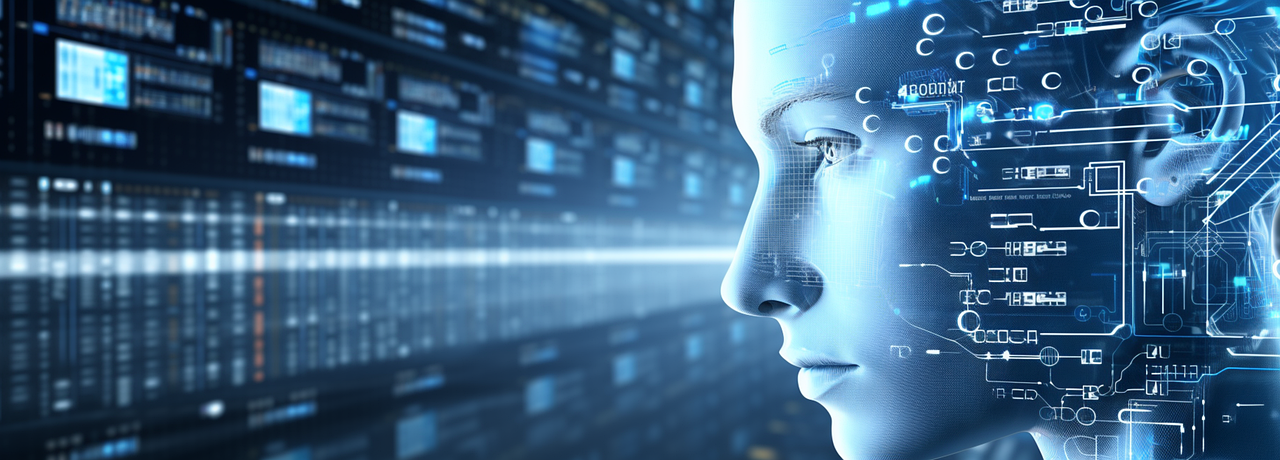
 [tta_listen_btn]
[tta_listen_btn]
 February 10 2025
February 10 2025

